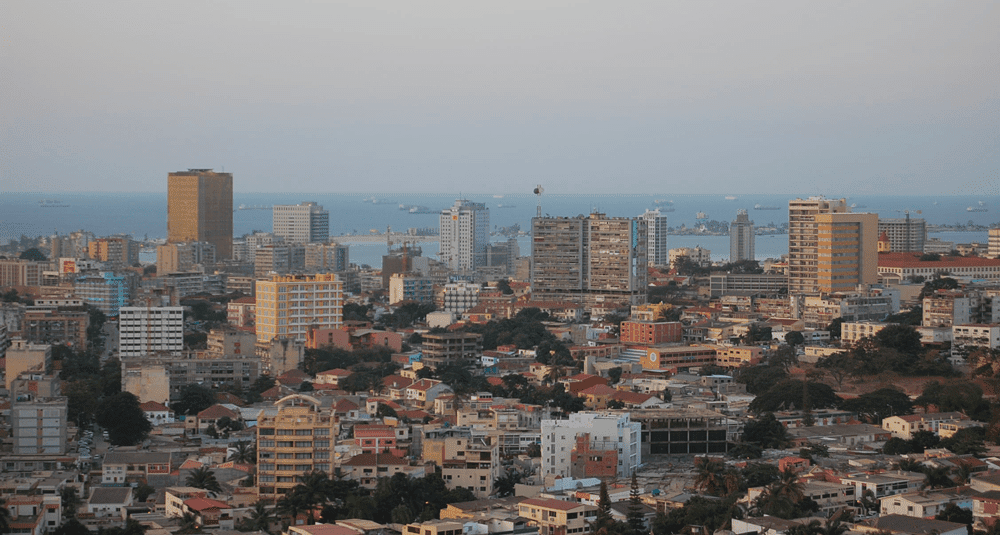What is the capital of Angola?
Last Updated:
Luanda, the capital of Angola, is located on the country’s northwest coast, on the shores of the Atlantic Ocean. Founded on January 25, 1576 by the Portuguese navigator Paulo Dias de Novais, it was originally called São Paulo da Assunção de Loanda. This marked the beginning of Portuguese colonization of Angola, with Luanda rapidly becoming a major administrative and commercial center.
During the colonial period, Luanda played a central role in the slave trade, serving as a departure point for thousands of Africans deported to the Americas. This dark period in history had a profound influence on the city’s culture and demography. After the abolition of slavery and over the centuries, Luanda became a dynamic urban center, reflecting a blend of African and Portuguese influences.
In 1975, when Angola gained independence from Portugal, Luanda was designated the country’s capital. However, the civil war that followed independence hampered its development. It was only after the end of the conflict, in 2002, that the city experienced significant economic growth, mainly thanks to the exploitation of nearby offshore oil resources.
Luanda enjoys a privileged geographical location, with a natural bay that facilitates port activities. The climate is dry tropical, with average annual temperatures of around 24°C. The hottest months, like January, record average temperatures of 27°C, while the coolest months, like July, average 21°C. Annual rainfall is relatively low, with a total of around 341 mm, and the rainy season is moderate.
Luanda is Angola’s most populous city. According to estimates, its population exceeds 8 million, making it one of Africa’s largest metropolises. This rapid population growth has created challenges in terms of infrastructure, housing and public services.
Angola’s main economic center, Luanda is home to the majority of the country’s industrial and commercial activities. The port of Luanda is essential for exports, notably crude oil, oil derivatives, iron ore, coffee and fish products. The city is undergoing rapid urbanization, with numerous construction projects aimed at modernizing its infrastructure and meeting the needs of a growing population.
Luanda reflects a rich cultural heritage, the result of a fusion of African traditions and Portuguese colonial heritage. Notable historical sites include the fortress of São Miguel, built in 1576, which offers a panoramic view of the city and houses a museum tracing the history of Angola. The city is also renowned for its beaches, such as those of Ilha do Cabo, which attract residents and tourists alike.
Despite its economic development, Luanda faces a number of challenges. Rapid urbanization has led to the emergence of informal settlements, often lacking adequate infrastructure. Social inequalities are marked, with part of the population living in precarious conditions. The city also faces environmental problems, particularly in terms of waste management and access to drinking water.
Luanda, the capital of Angola, is a fast-growing metropolis, rich in history and culture. Its strategic position on the Atlantic coast makes it a vital economic center for the country. However, to ensure sustainable and balanced development, it is essential to meet the challenges of urbanization, infrastructure and social inequality.
You may also be interested in
geography

What is the capital of Angola?
Answer
Luanda, the capital of Angola, is a port city on the Atlantic coast, founded in 1576 by the Portuguese. It is the country's economic and cultural center.